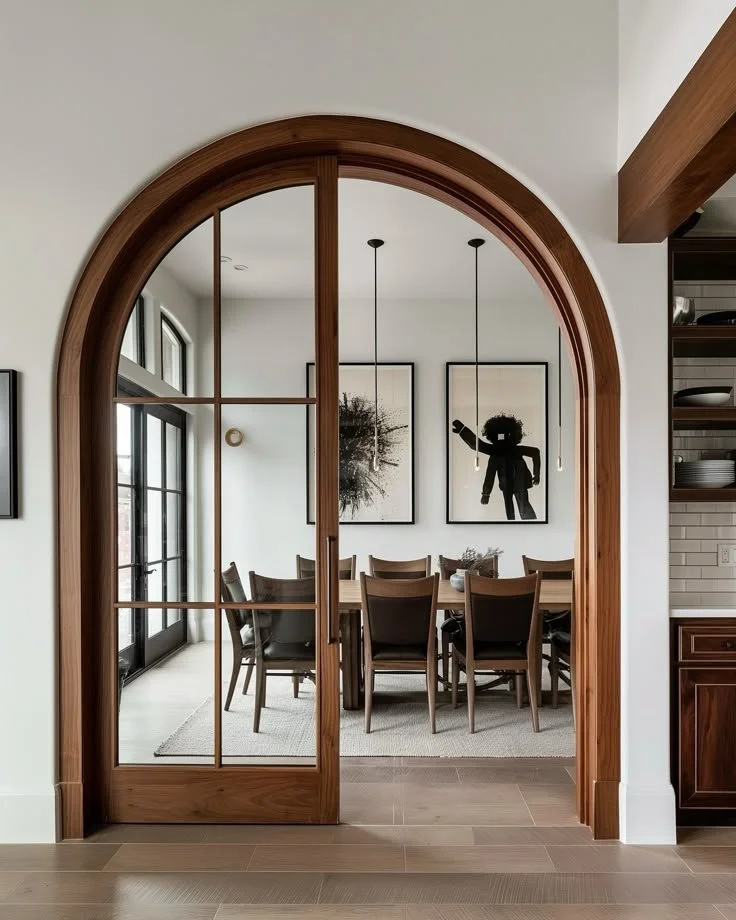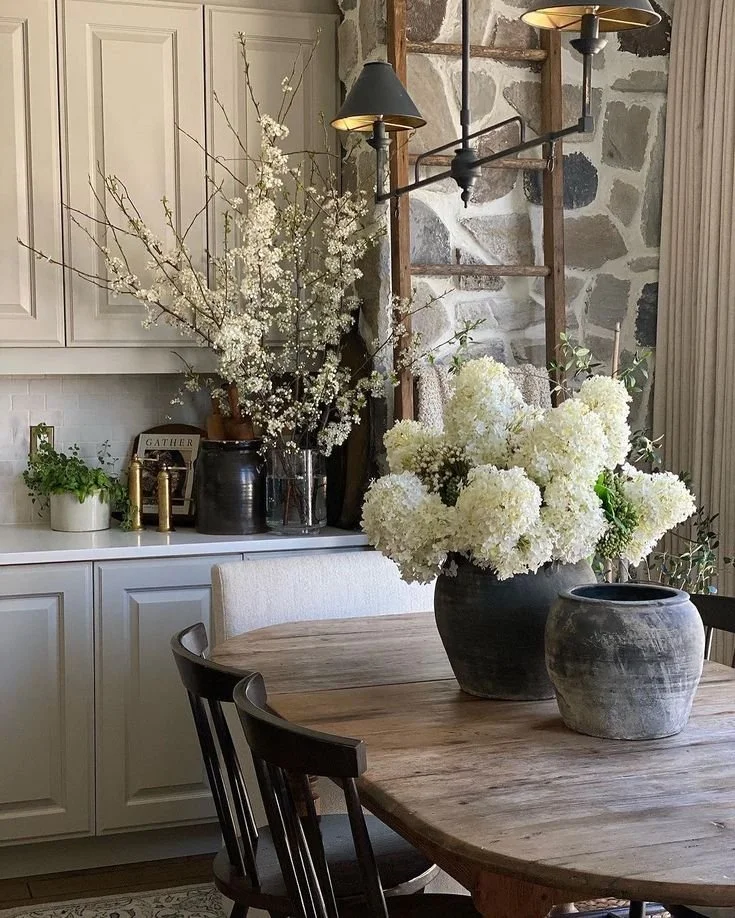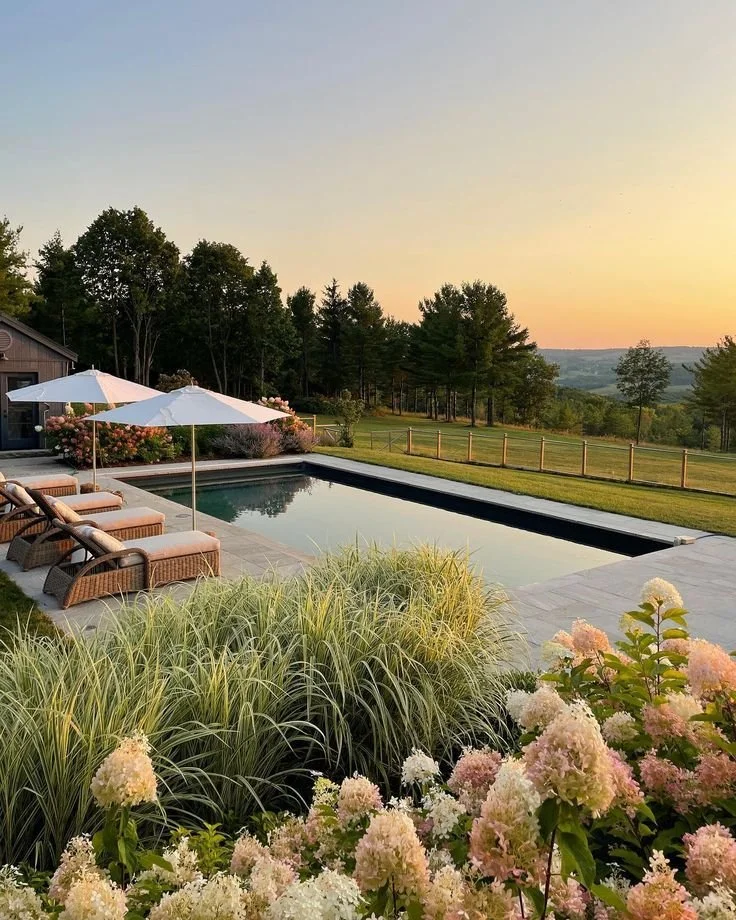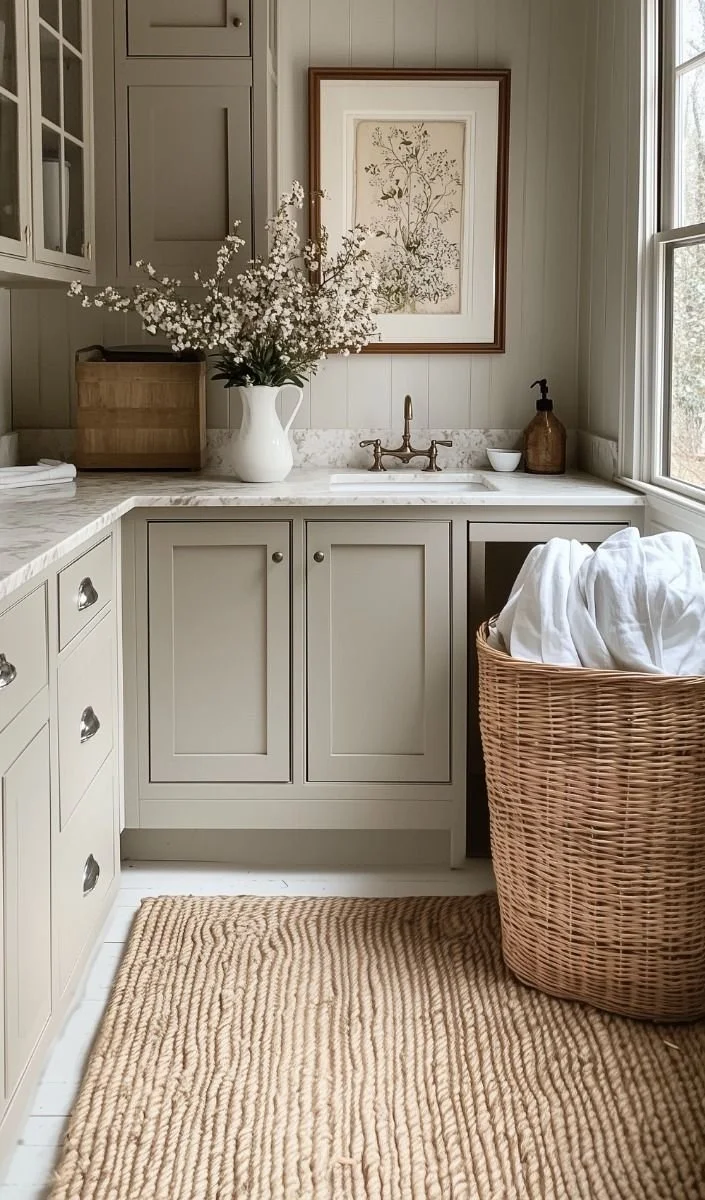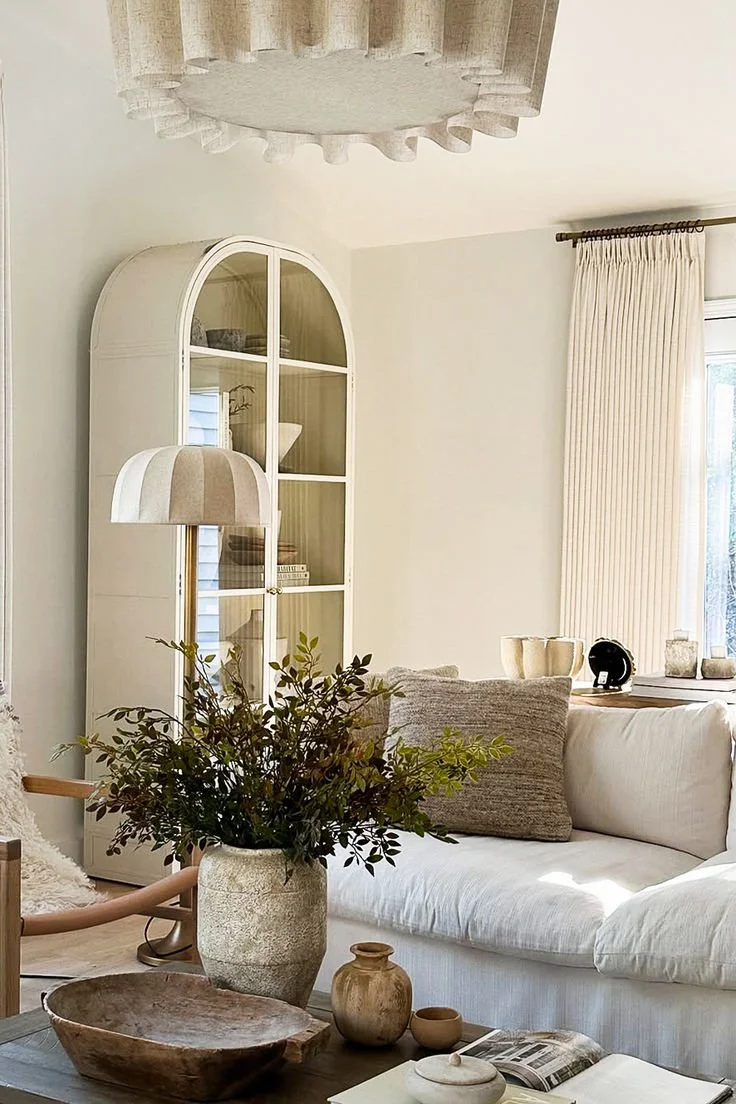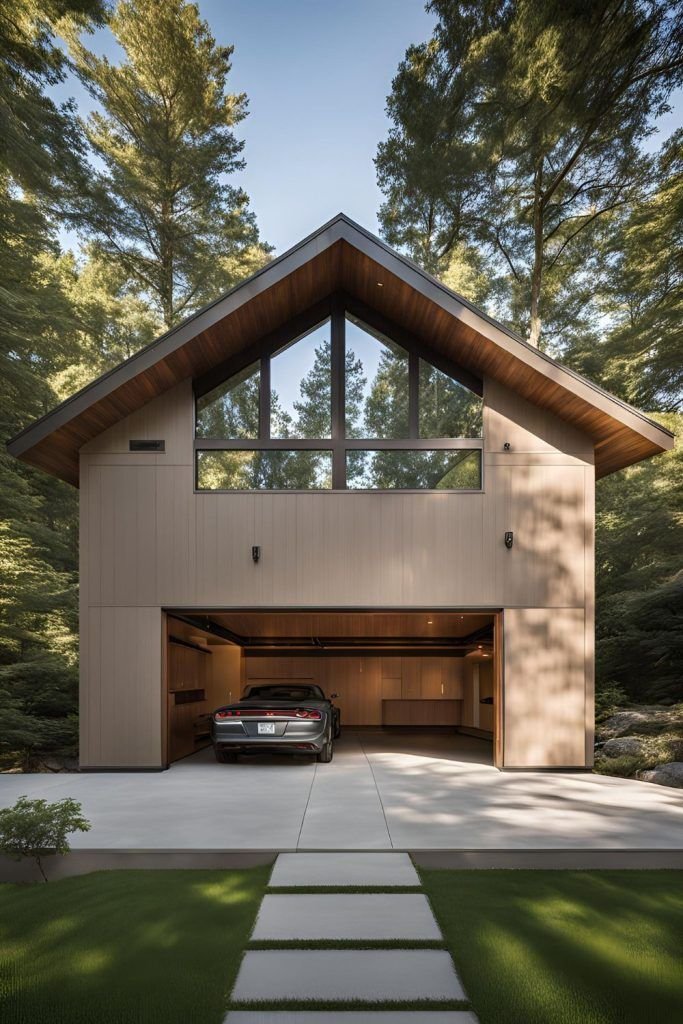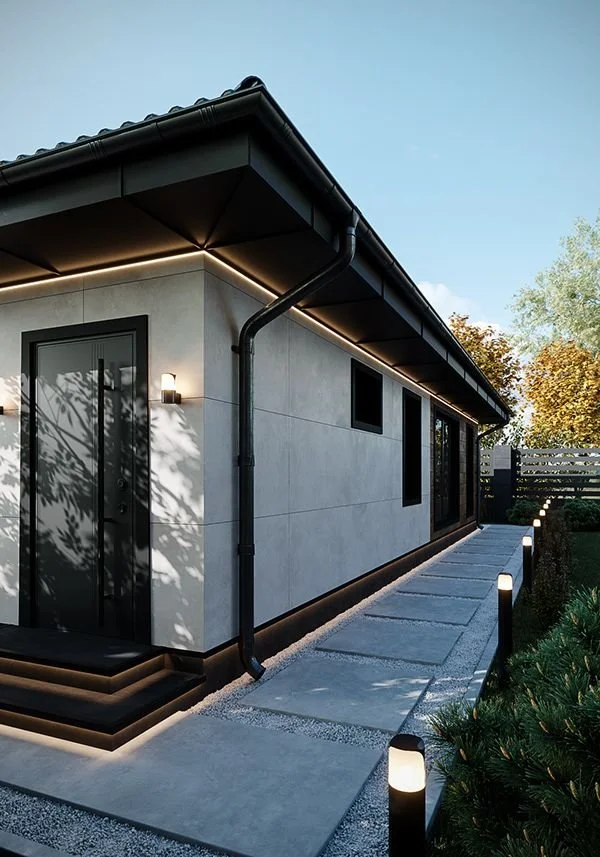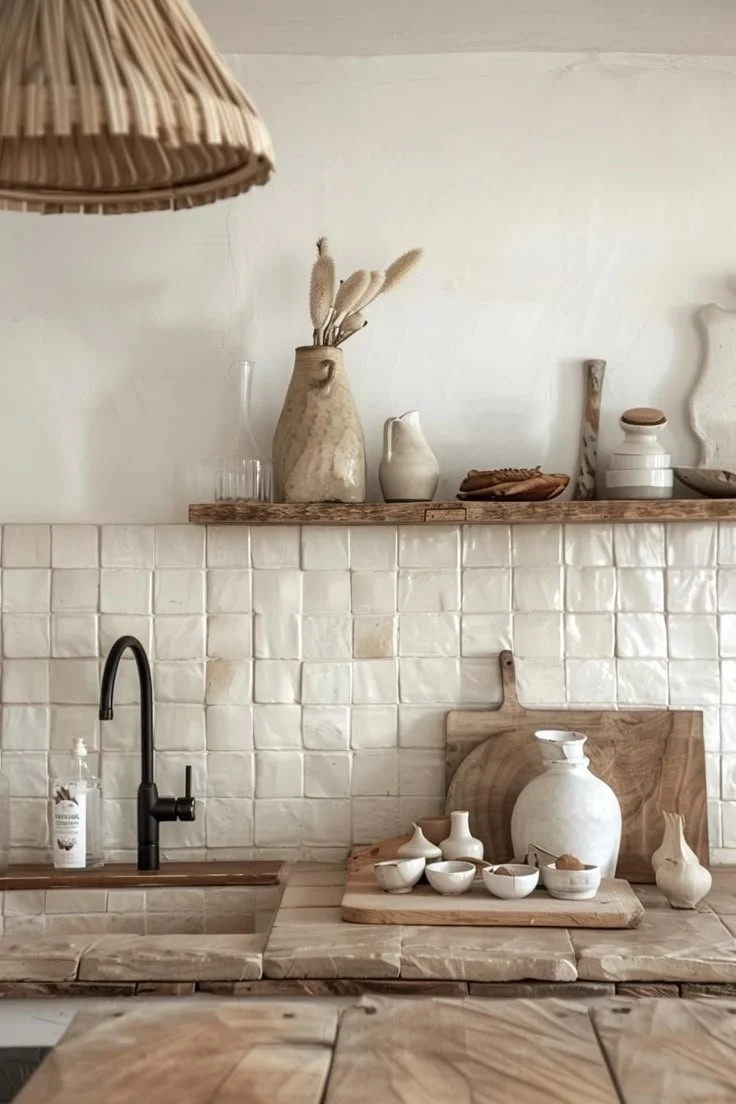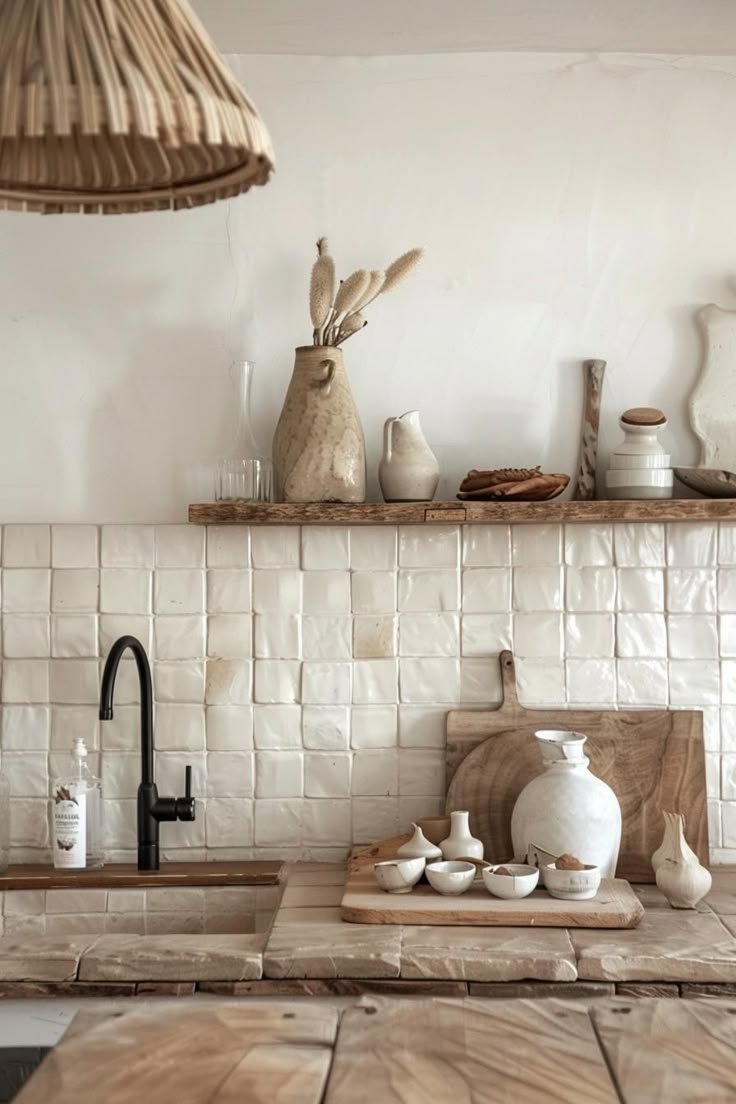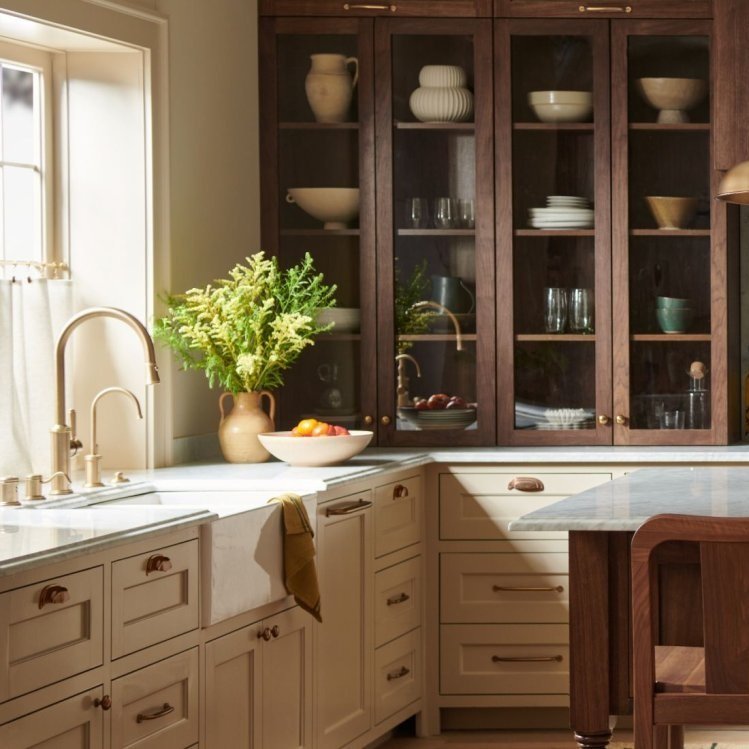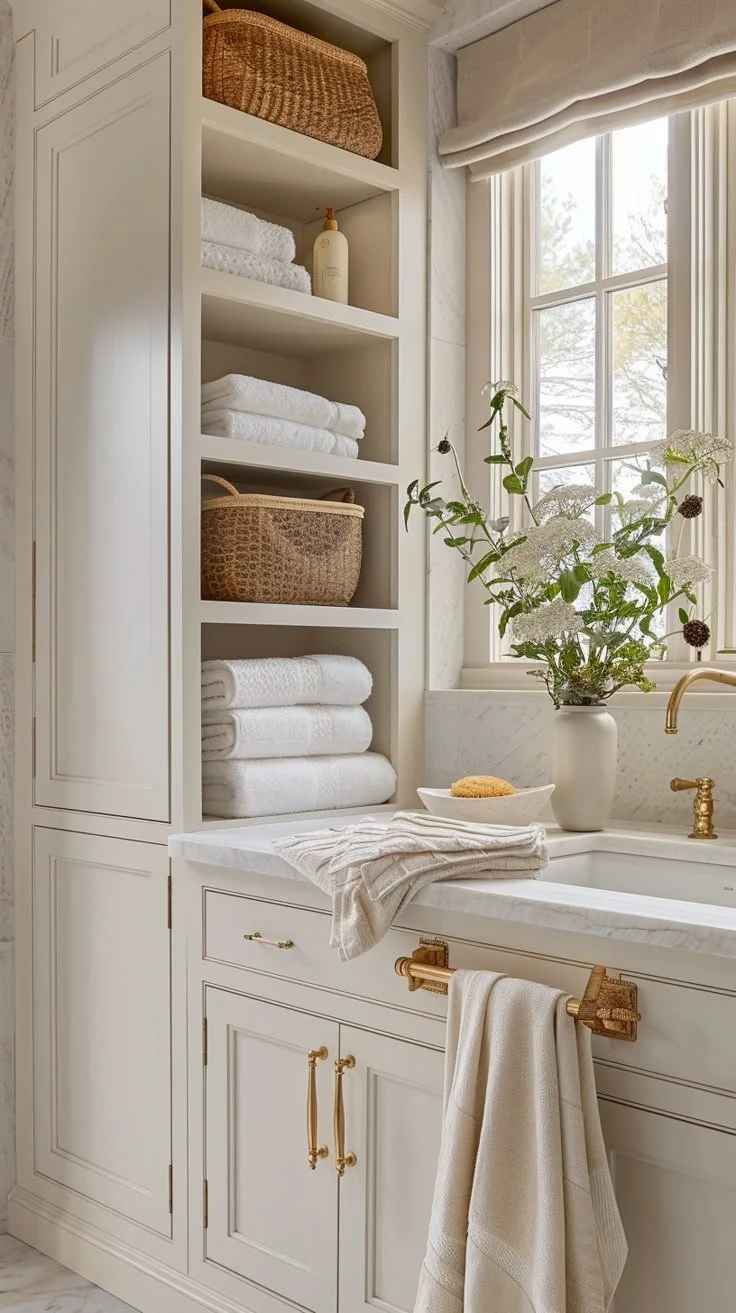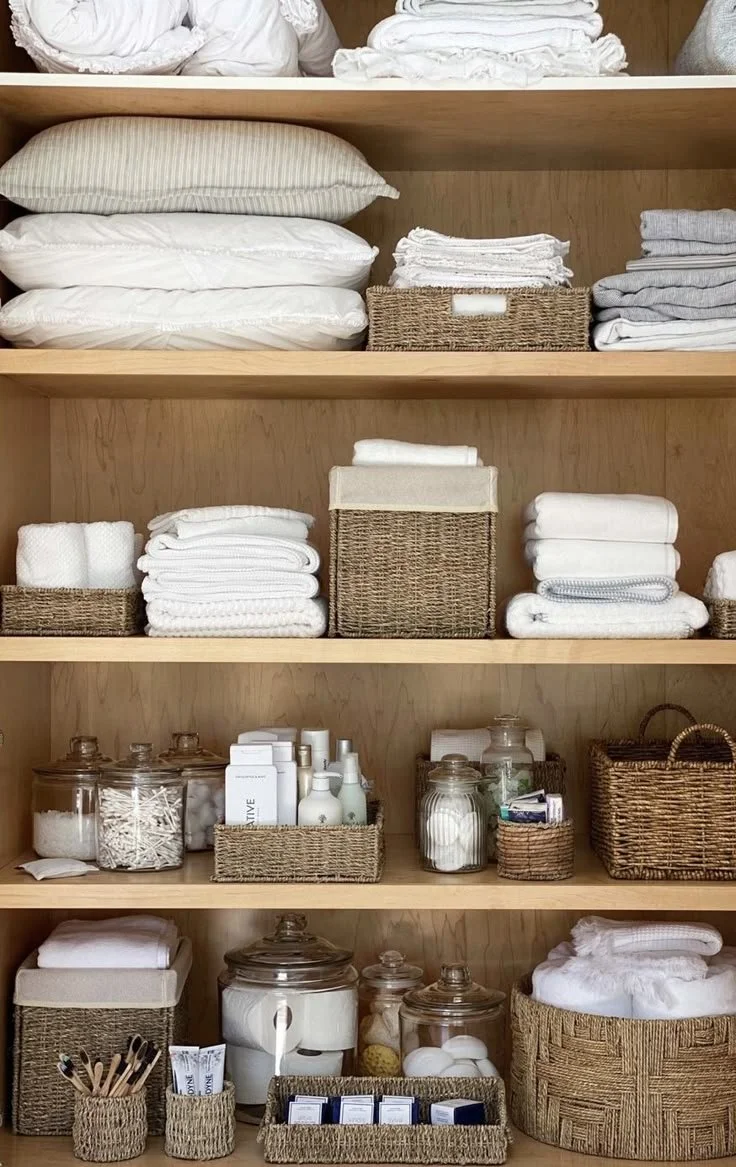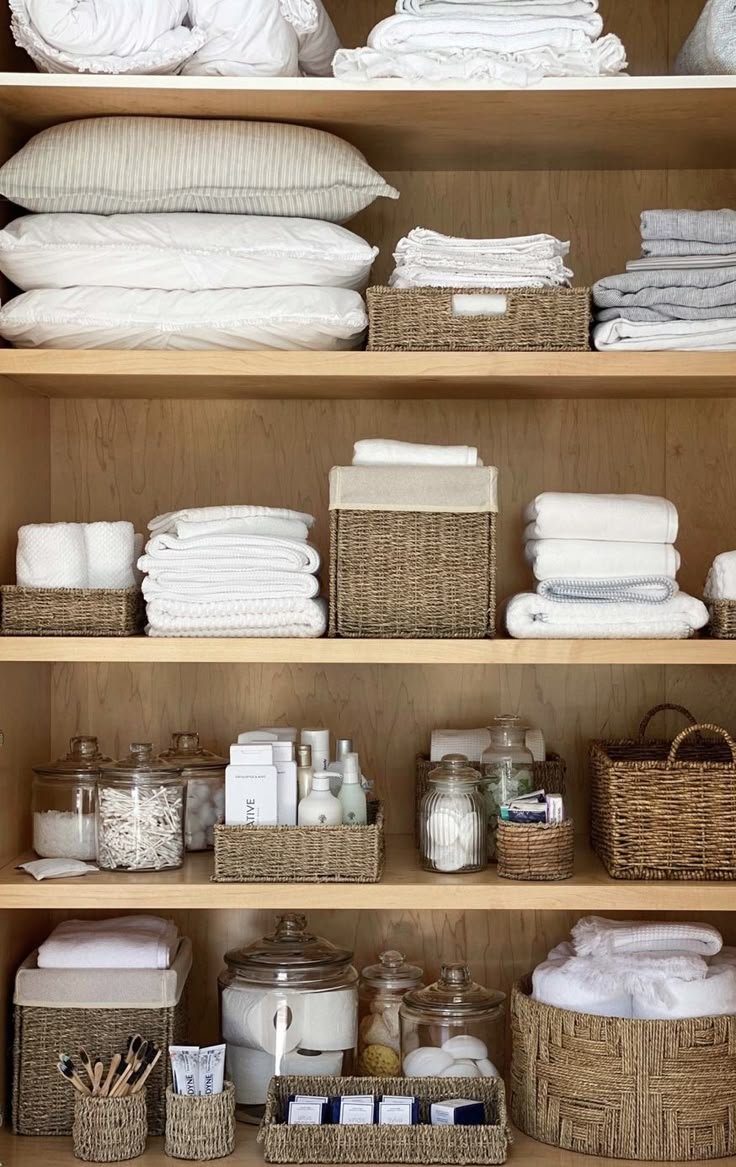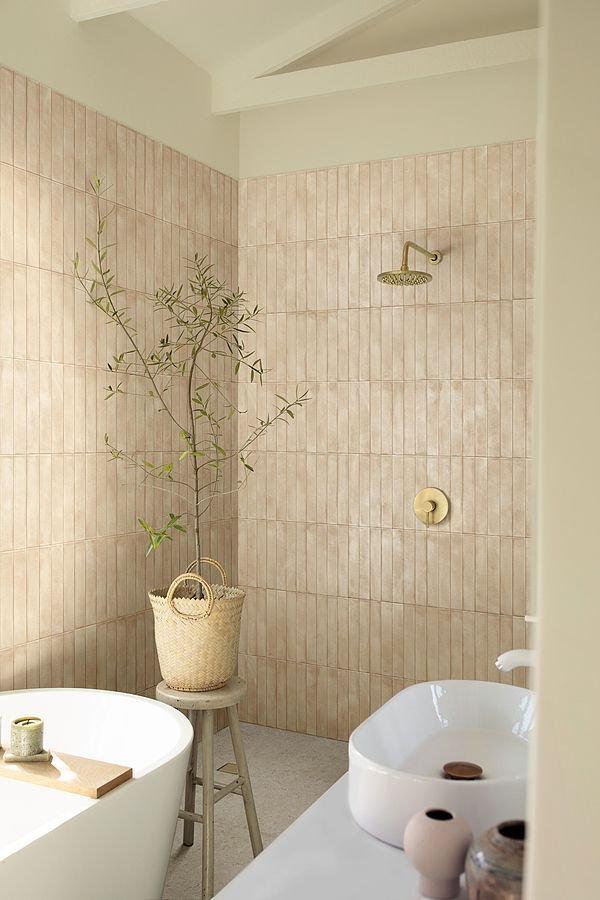A home is more than just a place to live—it’s a reflection of your personal style, comfort, and functionality. Whether you're looking to modernize outdated spaces, enhance energy efficiency, or increase property value, professional remodeling services can help you achieve your vision. With expert craftsmanship and strategic planning, you can transform your home into a space that truly meets your needs.
In this guide, we’ll explore the key benefits of home remodeling, the most impactful renovations, and how to choose the right remodeling professionals for your project.
If you're ready to transform your home into a space that reflects your unique style and functionality with high-quality professional remodeling services, we invite you to explore Expert Remodeling Services by Panda Contractors, where skilled craftsmanship will help bring your vision to life with precision, expertise, and a commitment to excellence.
No. 1
Why Invest in Professional Home Remodeling?
Home remodeling is a significant investment, but when done correctly, it offers long-term benefits that make it worthwhile.
Here’s why hiring professional remodeling services is the best decision for homeowners:
Increases Property Value
A well-executed renovation can boost your home’s market value, making it more appealing to potential buyers. Upgrades such as kitchen remodels, bathroom renovations, and energy-efficient improvements often yield the highest return on investment (ROI).
Enhances Functionality and Comfort
Remodeling allows you to reconfigure spaces to better suit your lifestyle. Whether it’s expanding a kitchen, adding a home office or granny flat, or upgrading a bathroom, renovations improve the overall livability and convenience of your home.
Improves Energy Efficiency
Modern renovations often incorporate energy-efficient appliances, insulation, and windows, reducing utility costs and promoting sustainable living. This not only benefits your wallet but also contributes to a greener environment.
Updates Outdated Designs
If your home feels outdated or lacks modern appeal, a remodel can bring it up to date with contemporary aesthetics, smart technology, and stylish finishes. This enhances both visual appeal and functionality.
Addresses Structural Issues
Over time, homes develop wear and tear, including plumbing issues, outdated wiring, and foundation concerns. Professional remodeling services ensure that these problems are addressed, improving safety and durability.
No. 2
Top Home Remodeling Projects to Consider
Not all renovations offer the same level of impact.
Here are some of the most effective remodeling projects that can transform your home:
Kitchen Remodeling
The kitchen is often the heart of the home, making it one of the most valuable areas to renovate.
Consider:
Upgrading countertops with quartz or granite.
Installing modern cabinetry for better storage.
Adding energy-efficient appliances to reduce electricity costs.
Enhancing lighting with under-cabinet LEDs and pendant fixtures.
Bathroom Renovations
A luxurious, well-designed bathroom enhances comfort and adds value to your home.
Key bathroom upgrades include:
Walk-in showers with glass enclosures for a sleek look.
Freestanding bathtubs for a spa-like experience.
Smart mirrors and lighting for added convenience.
Water-saving fixtures to improve efficiency.
Basement and Attic Conversions
Unused spaces like basements and attics can be transformed into functional living areas, such as:
Home offices for remote work.
Guest suites for visitors.
Entertainment rooms with home theaters.
Fitness areas for at-home workouts.
Outdoor Living Enhancements
Expanding your living space outdoors can create a perfect area for relaxation and entertainment.
Consider:
Deck or patio installations for outdoor gatherings.
Landscaping improvements to enhance curb appeal.
Outdoor kitchens and fire pits for year-round enjoyment.
Pergolas and covered seating areas for shade and comfort.
Whole-Home Renovations
For homeowners looking for a complete transformation, a whole-home remodel can modernize every aspect of the property.
This may include:
Open-concept floor plans for a spacious feel.
New flooring and paint to refresh interiors.
Smart home technology for automation and security.
Energy-efficient windows and doors to reduce heating and cooling costs.
Houzz
Make your home project a reality. Find inspiration, products, and the pros to make it happen - all in one place.
No. 1
How to Choose the Right Remodeling Professionals
Selecting the right remodeling contractor is crucial for a successful renovation.
Here’s how to ensure you hire the best professionals for the job:
1. Check Credentials and Licensing
Ensure the contractor is licensed, insured, and certified to perform remodeling work in your area. This protects you from potential liabilities.
2. Review Past Projects and References
Look at their portfolio of completed projects and read customer reviews to assess their quality of work and reliability.
3. Get Detailed Estimates
Request written estimates that outline labor costs, materials, and timelines to avoid unexpected expenses.
4. Discuss Project Timelines
A clear timeline ensures that your renovation stays on schedule and minimizes disruptions to your daily life.
5. Ensure Clear Communication
A good contractor should provide regular updates, answer questions, and address concerns throughout the remodeling process.
FAQ
How much does a home remodeling project cost?
The cost varies depending on the scope of the project, materials used, and labor costs. A small renovation may cost a few thousand dollars, while a full-home remodel can range from $50,000 to $150,000 or more.
How long does a typical home renovation take?
Project timelines depend on the complexity of the renovation. A kitchen or bathroom remodel may take 4-8 weeks, while a whole-home renovation can take several months.
Do I need permits for home remodeling?
Yes, certain renovations require building permits, especially for structural changes, electrical work, and plumbing upgrades. A professional contractor will handle the permit process for you.
What are the best renovations for increasing home value?
The most valuable renovations include kitchen remodels, bathroom upgrades, energy-efficient improvements, and curb appeal enhancements.
Can I live in my home during a remodel?
For minor renovations, you can typically stay in your home. However, for major remodels, such as kitchen overhauls or full-home renovations, temporary relocation may be necessary.
Takeaways
Investing in professional home remodeling services is one of the best ways to enhance your living space, increase property value, and improve functionality. Whether you’re upgrading a single room or undertaking a full-scale renovation, expert craftsmanship ensures a seamless transformation.
By following these expert tips and working with professional remodeling services, you can create a home that is beautiful, functional, and tailored to your lifestyle. Ready to get started? Contact a trusted remodeling contractor today!
Looking For Home Resources?
Looking to enhance your living space and create a sanctuary that supports your well-being? Explore our home partners who offer a wide range of resources to elevate your home environment.




